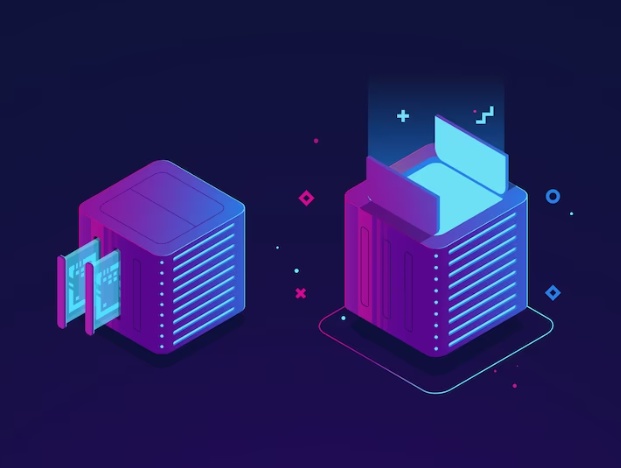The growing data storage needs of businesses today are at unprecedented levels. As a result, most enterprises have turned to Storage Area Network (SAN) solutions. SANs help organizations optimize their storage infrastructure by simplifying storage management, boosting performance, and maximizing utilization of resources.
One strategy organizations use to further increase storage efficiency is data tiering. Data tiering is an advanced storage optimization technique that involves classifying and placing data on different storage tiers based on its importance and value to the business. In this blog, we explore the different data tiering strategies available to businesses using SAN solutions and how they can maximize storage efficiency.
Automated Disk Tiering
Automated disk tiering involves dynamically moving data between different storage tiers based on demand, with less frequently accessed data being moved to lower tiers with slower storage media. This strategy prevents data from being stored indefinitely on expensive high-performance disks, saving space. With automated disk tiering, data is moved automatically and transparently, with minimal impact on system performance.
Manual Tiering
Manual tiering involves manually classifying data based on its importance, frequently accessed data stored on high-performance disks, and less frequently accessed data stored on low-performance disks. This strategy ensures data is stored in the most appropriate storage tier, depending on its level of importance and the performance required to access it. Manual tiering, however, is a time-intensive process that requires administrators to constantly monitor data usage and manually move data across tiers.
Sub-LUN Tiering
Sub-LUN tiering involves splitting LUNs into smaller units based on the frequency of data access, rather than tiering data at the LUN level. Sub-LUN tiering allows administrators to create multiple tiers within a LUN, resulting in more dynamic allocation of storage based on how frequently data is accessed. A benefit of sub-LUN tiering is that it is more applicable for applications that have specific I/O requirements that can be met by different storage tiers.
Hybrid Data Tiering
Hybrid data tiering involves a combination of two or more data tiering strategies, typically automated disk tiering and manual tiering. This strategy combines the flexibility of manual tiering with the efficiency of automated disk tiering. Frequently accessed data is stored on high-performance disks while less frequently accessed data is moved to lower tiers with slower storage media automatically. Hybrid tiering can be particularly useful for organizations that need to store data with varying access patterns.
Intelligent Caching
Intelligent caching is a strategy that involves placing hot data, i.e., frequently accessed data, on flash storage devices that are used as caching layers to accelerate I/O performance for read requests. This strategy minimizes the amount of data storage overhead while improving performance. Intelligent caching is best suited for applications with specific I/O requirements that cannot be met by other storage tiers.
Conclusion
Data tiering is an important storage optimization technique that helps businesses maximize SAN storage efficiency while controlling storage costs. The different data tiering strategies available provide flexibility in allocating storage resources based on data importance and performance requirements. Automated disk tiering, manual tiering, sub-LUN tiering, hybrid data tiering, and intelligent caching are some of the most commonly used data tiering strategies for SAN solutions.
When selecting which data tiering strategy to use, businesses should choose the one that best suits their needs and aligns with their data usage patterns. They should pay attention to changes in usage trends and adapt their tiering strategies to meet emerging needs. By doing this, organizations can effectively optimize their storage infrastructure to improve performance, utilization, and availability.


No comments yet